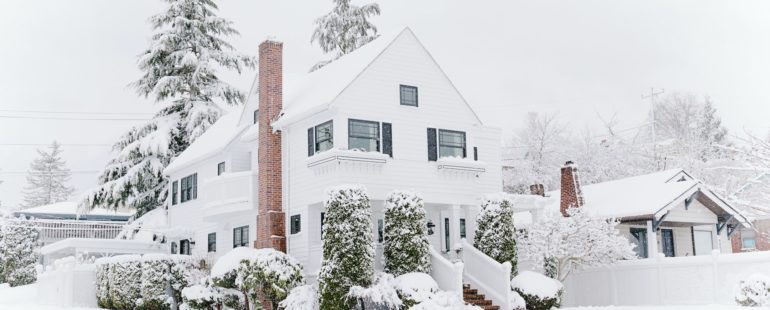Moving during winter in Illinois comes with unique challenges, from icy roads to unpredictable weather. However, with the right preparation, you can ensure a smooth, stress-free move. Here’s an expert guide from Wolley Movers to help you tackle winter moves efficiently.
1. Plan Ahead and Stay Flexible
Winter weather can be unpredictable. Build flexibility into your moving schedule to account for potential delays due to snowstorms or icy conditions. Keep an eye on weather forecasts leading up to your move and have a backup plan in case conditions worsen.
2. Clear Pathways and Driveways
Safety comes first. Before moving day, ensure all walkways, driveways, and entry points are clear of snow and ice. Use salt or sand to reduce slipperiness and prevent accidents during loading and unloading.
3. Protect Your Floors
Winter moves mean dealing with slush, ice, and mud. Use plastic sheeting, old blankets, or floor runners to protect your flooring from damage and dirt. This is especially important if you’re moving into a home with hardwood floors.
4. Keep Essentials Handy
Pack a winter essentials box that includes items like gloves, hats, scarves, warm beverages, flashlights, and an emergency kit. Having these on hand ensures you’re prepared for any unexpected weather-related issues.
5. Prepare Your Vehicle
Ensure your moving truck or personal vehicle is winter-ready. Check tire pressure, antifreeze levels, and battery health. Carry extra windshield washer fluid and keep an ice scraper within reach.
6. Dress Appropriately
Layer your clothing to stay warm while allowing flexibility as you move. Wear waterproof boots with good traction to prevent slips on icy surfaces.
7. Protect Your Belongings
Cold temperatures can affect sensitive items. Wrap fragile items with extra padding and avoid leaving electronics in the cold for extended periods. Use insulated covers if necessary.
8. Hire Professional Movers
Hiring experienced movers like Wolley Movers can make a significant difference. Our team is trained to handle winter moves safely and efficiently, equipped with the right tools and knowledge to manage challenging weather conditions.
9. Be Prepared for Delays
Winter weather can cause unexpected delays. Allow extra time for travel and be patient with road conditions to ensure everyone’s safety.
10. Confirm Utilities Are Set Up
Make sure the utilities in your new home are active before moving day. Arriving at a cold, dark house can be uncomfortable and unsafe during winter.
Why Choose Wolley Movers for Your Winter Move?
Wolley Movers, a trusted Chicago-based moving company, specializes in handling the complexities of winter moves. We offer:
- Expert handling of heavy and delicate items, including pianos
- Reliable service, regardless of weather conditions
- Professional equipment designed for safe winter moving
Contact Wolley Movers at 773-299-1039 or request a quote online to ensure your winter move in Illinois is smooth, safe, and stress-free.








